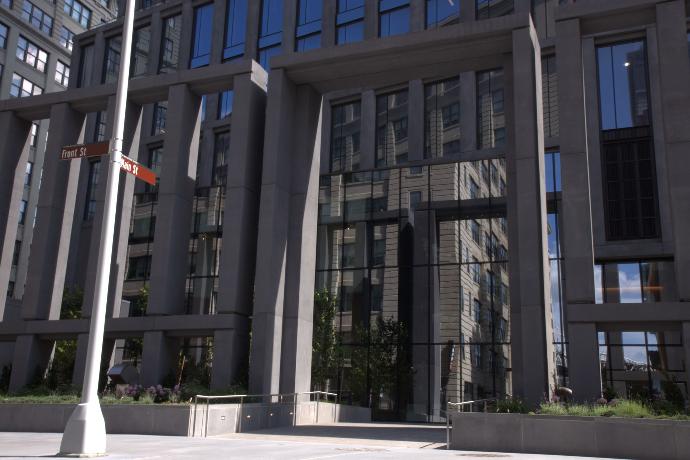
Architectural precast concrete has a long lifespan and can last for several decades or even centuries, depending on various factors such as design, quality of materials, manufacturing processes, installation, and maintenance. When properly designed, manufactured, installed, and maintained, architectural precast concrete can provide exceptional durability and longevity, making it a sustainable and cost-effective choice for many construction projects.
The lifespan of architectural precast concrete can vary depending on the following factors:
- Design and quality of materials: Proper design and selection of high-quality materials, including concrete mix design, reinforcement, and surface treatments, can significantly impact the lifespan of architectural precast concrete. Precast concrete manufacturers often follow industry standards and guidelines, such as PCI (Precast/Prestressed Concrete Institute) or NPCA (National Precast Concrete Association), to ensure the quality and durability of their products.
- Manufacturing processes: Precast concrete elements are typically manufactured in a controlled environment, allowing for careful control of materials, curing, and production processes. Quality control measures during manufacturing, such as proper curing, proper reinforcement placement, and thorough inspection, can ensure the longevity of the precast concrete.
- Installation: Proper installation of architectural precast concrete elements, including proper anchoring, connection details, and sealant application, is critical to ensure their long-term performance. Improper installation can result in premature deterioration or failure of the precast concrete elements.
- Maintenance: Regular maintenance, including cleaning, sealing, and repairing of any damage or cracks, can help extend the lifespan of architectural precast concrete. Proper maintenance can prevent or mitigate the effects of environmental factors, such as freeze-thaw cycles, moisture ingress, and chemical exposures, which can affect the durability of precast concrete over time.
Generally, architectural precast concrete is known for its excellent durability and resistance to environmental factors, such as weathering, UV radiation, and chemical exposures. With proper design, quality materials, manufacturing, installation, and maintenance, architectural precast concrete can last for many decades, providing long-term performance and value to construction projects.